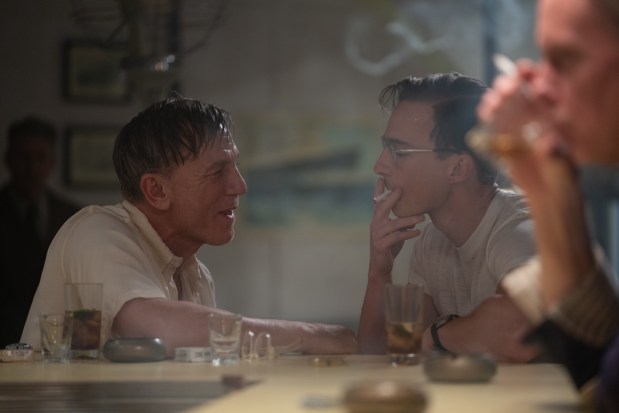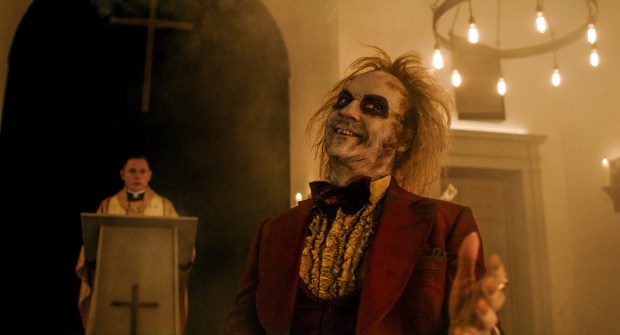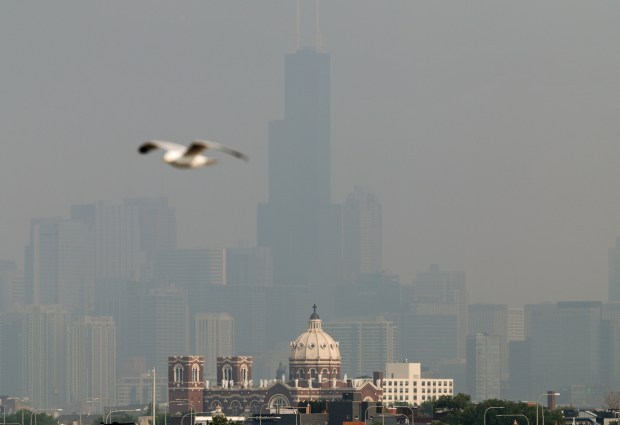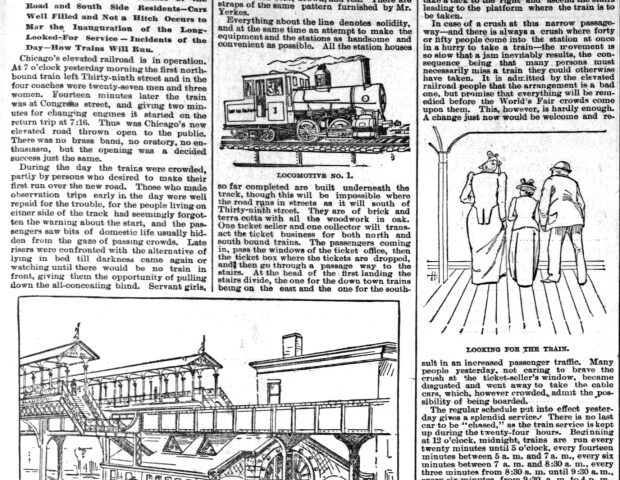VENICE, ITALY — Here’s a tale of two standing ovations. One lasted a little under four minutes, which sounds long but isn’t in the context of the major international film festival circuit, while the other charged on for nearly 18. Pretty long! It was a lesson in how applause, with nearly identical-sized huge audiences, can sound utterly different.
This lesson came during the first half of the 81st Venice International Film Festival, concluding Saturday. Playing in an out-of-competition slot and opening this week in the U.S., “Beetlejuice Beetlejuice” opened the festival on Aug. 28.
As the end credits started rolling, the usual formalities commenced inside the Sala Grande full of well-dressed swells. (The festival is a public one, like Toronto’s and many others, meaning it’s not a private, invitation-only affair like the Cannes Film Festival.) Applause, applause, some standing, then some more. Lights up on the well-dressed gala crowd, credits still rolling on the big screen with the sound down. Then festival director Alberto Barbera, seated alongside the movie’s stars (Michael Keaton, Monica Bellucci, Winona Ryder, director Tim Burton, Catherine O’Hara, etc.), began the singling-out of the key players for a sub-round of applause.
But standing O’s aren’t about duration, really; they’re about sincerity and honest enthusiasm for what the audiences just saw. The “Beetlejuice Beetlejuice” applause sounded a little weak, and sadly apt for a comedy that was, to put it mildly, wasn’t much. The applause couldn’t last out the credits on the screen. And the standing O turned into a steady drift toward the exit doors.
“The Brutalist,” the biggest swing and most chimerical and unaccountable success of the festival so far, was a different ovational matter entirely.
Same protocol with festival head Barbera, stage managing the arrangement of director and co-writer Brady Corbet’s stars including Adrien Brody, Felicity Jones and Guy Pearce, for the moments in the gala spotlight. But this crowd was really, really happy.
They’d just seen a juicy, sprawling and, yes, flawed, but, yes, terrifically vital 3½-hour (plus intermission!) 70mm epic, photographed in VistaVision, about a Hungarian immigrant architect who learns what American ideals mean in real-world terms. Played by Brody, this man emigrates to America after surviving Hitler and Buchenwald and becomes a visionary, combative, imperious and brilliant star modeled on a little bit of Mies van der Rohe, a bit of Louis Kahn and a smidge of Frank Lloyd Wright.
More on that film when release plans for the U.S. and beyond firm up, but “The Brutalist” will likely play Chicago and elsewhere in both digital and 70mm celluloid formats.

As the Venice world premiere Sept. 1 rolled to a big finish, everybody stood up, which is a terrible cliche by now, and means nothing on its own, because ovations are easy to provoke if you know the tricks. But the sound of a truly admiring and grateful festival audience, clapping and clapping because what they just saw was special, well, that’s applause you don’t hear every day.
Venice is one of the world’s greatest film gatherings. It’s also the oldest, the first international film festival, started in 1932. It takes place on the Lido, population 20,400 in normal, non-festival times, the thin, 6.8 mile-long barrier island in the Venetian Lagoon across the water from Venice proper. You couldn’t possibly pull off the Venice International Film Festival in the actual city of Venice without driving everyone crazy.
We’ll keep this brief, since I have a few more to see here. Beyond “The Brutalist,” which has a fair shot at winning the Golden Lion top prize this weekend, here are some others of note I saw at Venice this year so far:

“Queer”: A competition title, like “The Brutalist,” this one comes from William S. Burroughs’ short novel, written in the early 1950s but published decades later in 1985. It has been adapted by screenwriter Justin Kuritzkes for director Luca Guadagnino. This is the duo’s second project together, following “Challengers,” and it’s very rich, with a droll, tender Burroughs-inspired performance from Daniel Craig (possible Venice best actor winner this weekend?) as a heroin addict of some means and considerable yearning for an aloof, dodgy, sexy younger man (Drew Starkey).
“The Order”: Rock-solid docudrama, full of hooks into our present-day threats to democracy. Based on the nonfiction account “The Silent Brotherhood,” Australian director Justin Kurzel revisits the story, and the fate, of the 1980s white supremacist group known as The Order. Jude Law portrays the FBI agent on the trail but initially out of his depth, culturally, as the New Yorker and FBI agent recently relocated to Idaho. Excellent work from Nicholas Hoult as the deceptively genial leader of the pack, who’s plotting his claw-back of the nation he no longer recognizes with a little help from the white nationalist book “The Turner Diaries.”
“Wolfs”: An out-of-competition bauble, nicely sleek and shrewdly paced. More when this one streams next week on Apple TV+; for now, let’s just call it a pretty good time starring Brad Pitt and George Clooney as rival “fixers” on an all-night NYC mission to clean up an increasingly messy scandal and attendant bloodshed involving city politics, Albanian gangsters and the fragile egos of the title characters.
“Separated”: Errol Morris returns to Venice with a documentary, expanded from NBC reports, on the planning, execution and fallout of the Trump administration’s family separation nightmare along the Texas/Mexico border.
“Sanatorium Under the Sign of the Hourglass”: The filmmakers and brothers Stephen Quay and Timothy Quay return with the festival’s most hypnotic dose of poetic experimentation. It’s based on the 1937 novel by Bruno Schultz, the origin point for the Quay Brothers’ masterwork “Street of Crocodiles.”
Michael Phillips is a Tribune critic. He is attending the Venice film festival as part of a panel discussing the Biennale College Cinema program, which paid for travel and accommodations.





